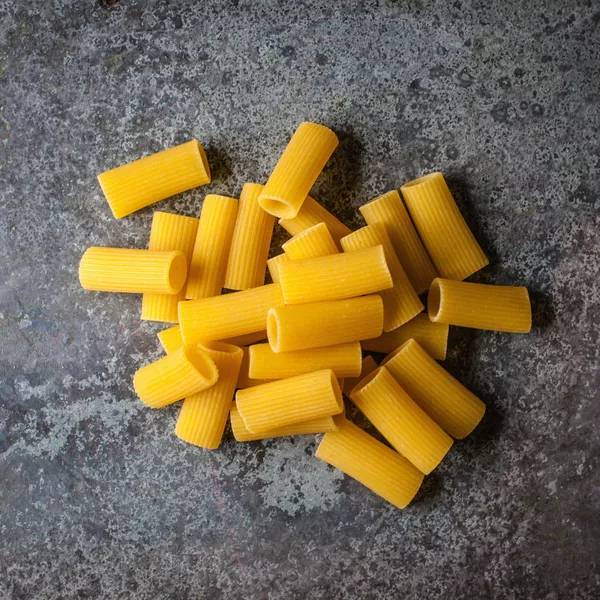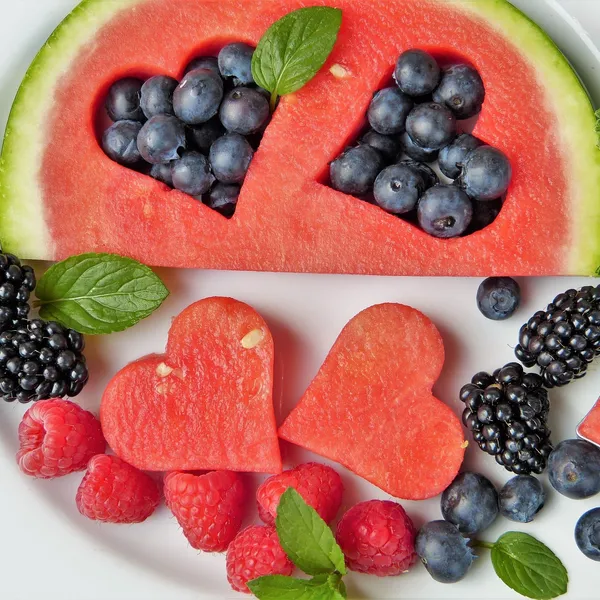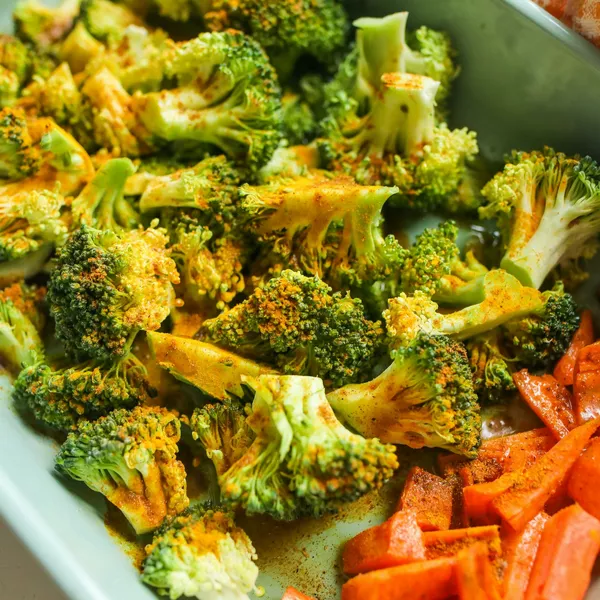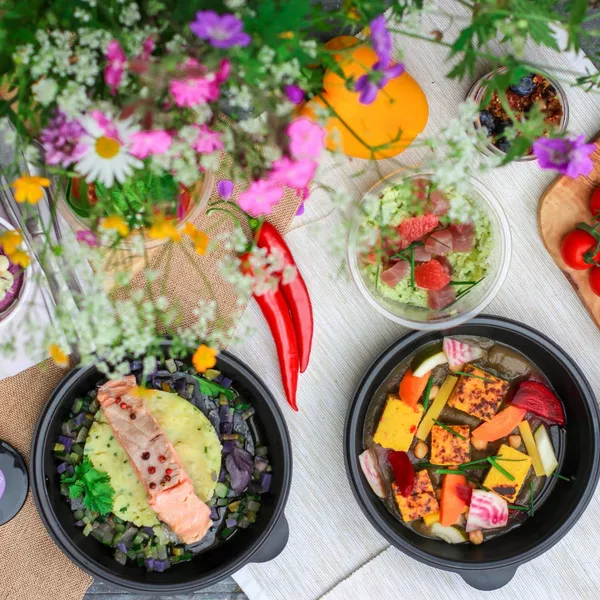Most primary schools incorporate a ‘fruit break’ into the daily timetable for the sole purpose of teaching kids to snack on fruit. It also offers them the opportunity to eat something nutritious to keep them going until lunch.
Fruit is an important source of energy, dietary fibre, antioxidants and other nutrients. One to two large pieces of fruit per day is the recommend intake for children.
Here are fruits that require no prep. Just pop them in the lunch box:
- Bananas
- Apples (smaller kids or ones with wobbly teeth may need their apples cut up)
- Mandarins
- Grapes
- Pears
- Strawberries
- Blueberries
- Raspberries
- Peaches
- Nectarines
If you’ve got a bit more time, here are some fruit ideas that need a little bit of preparation:
- Pineapple
- Watermelon
- Rockmelon
- Kiwifruit (keep the skin on and cut it half. Pop in a spoon to scoop out the flesh)
- Oranges
- Mango








